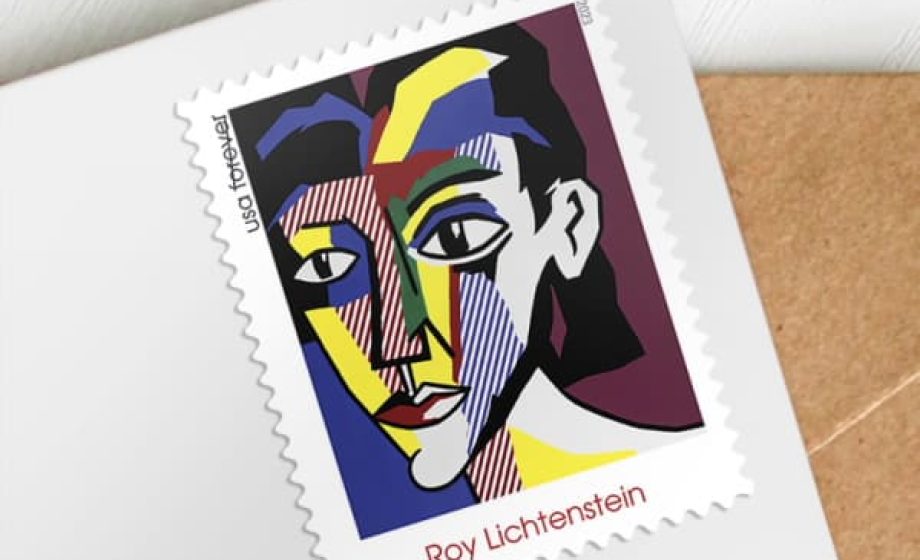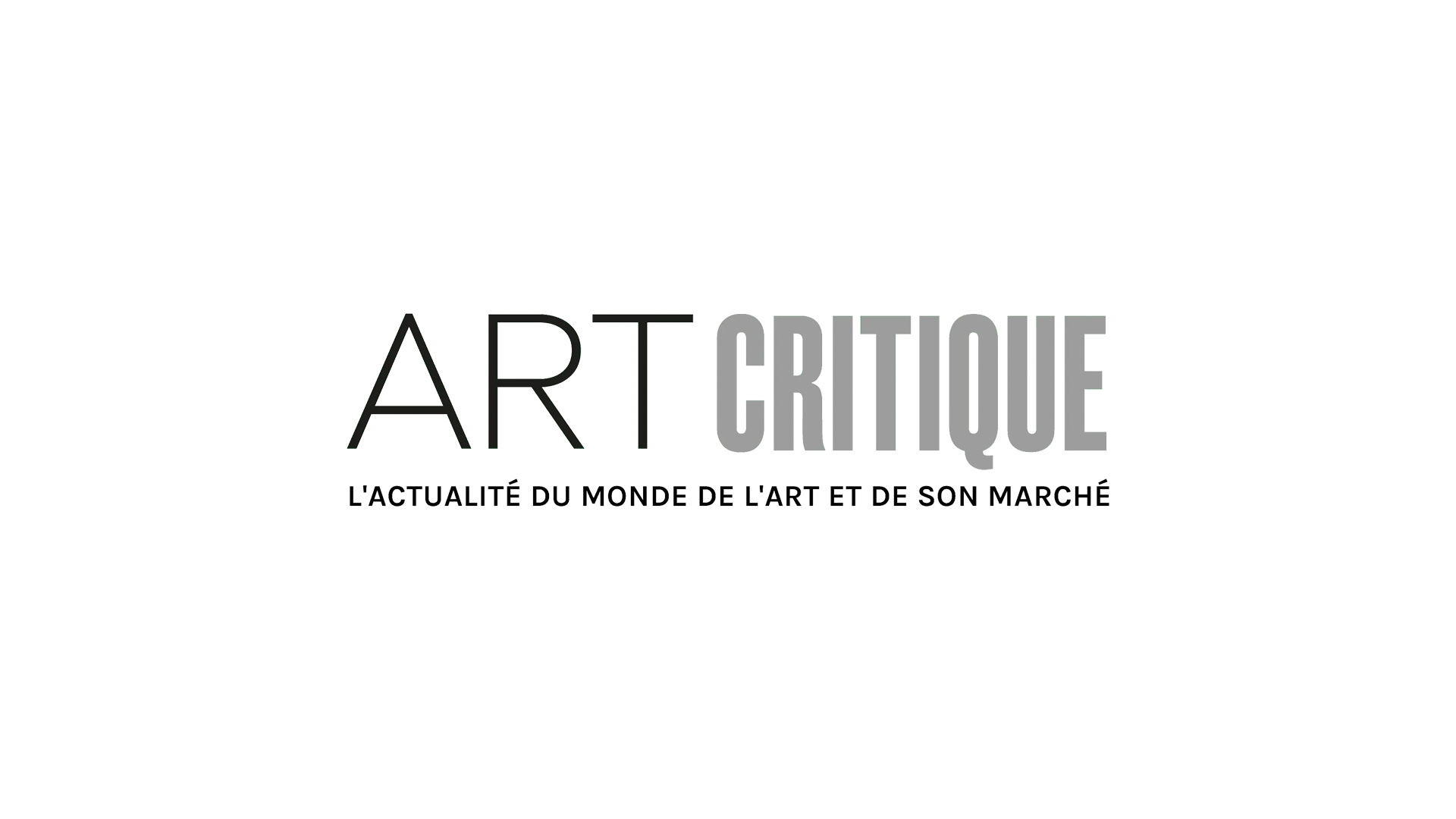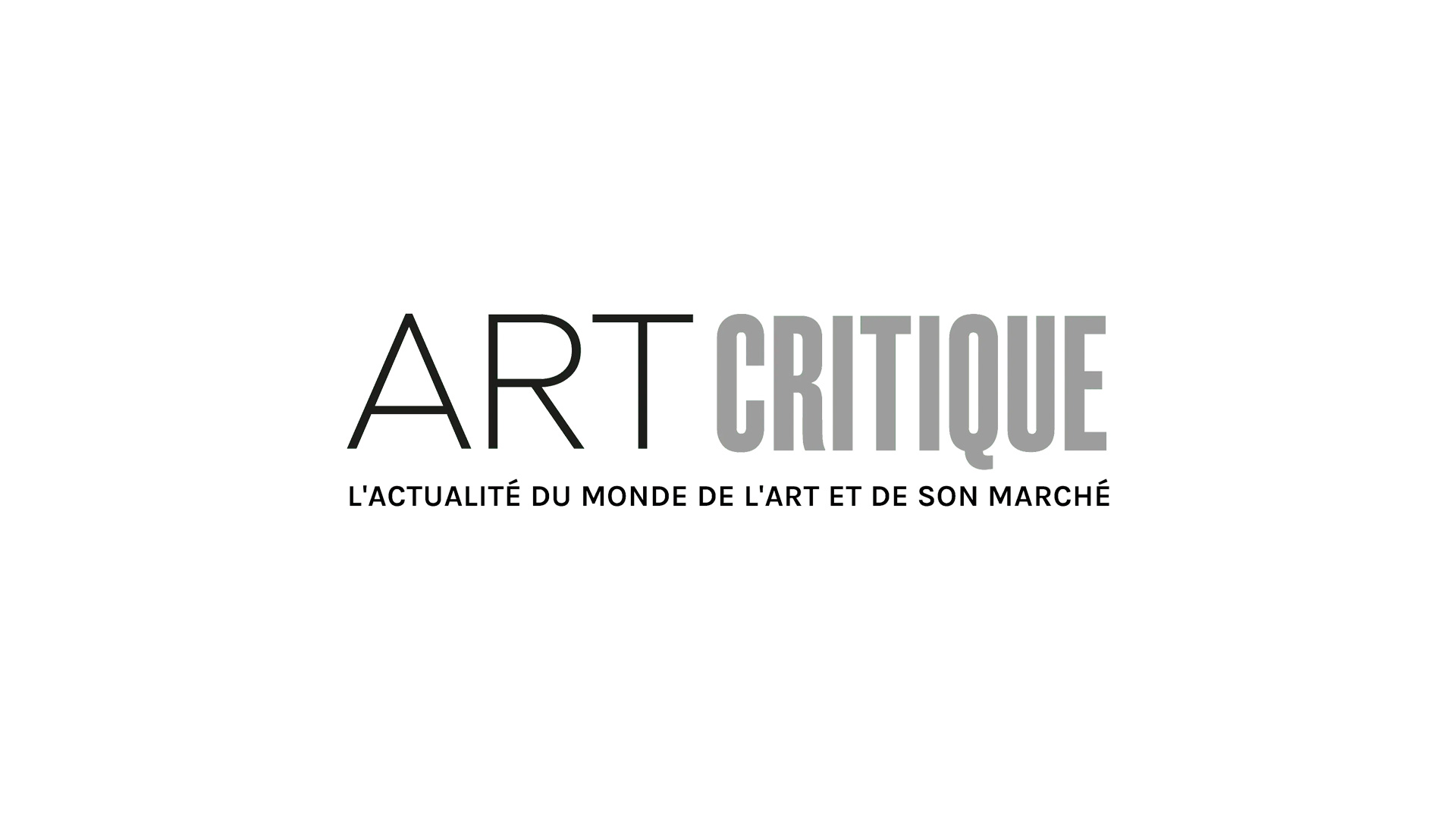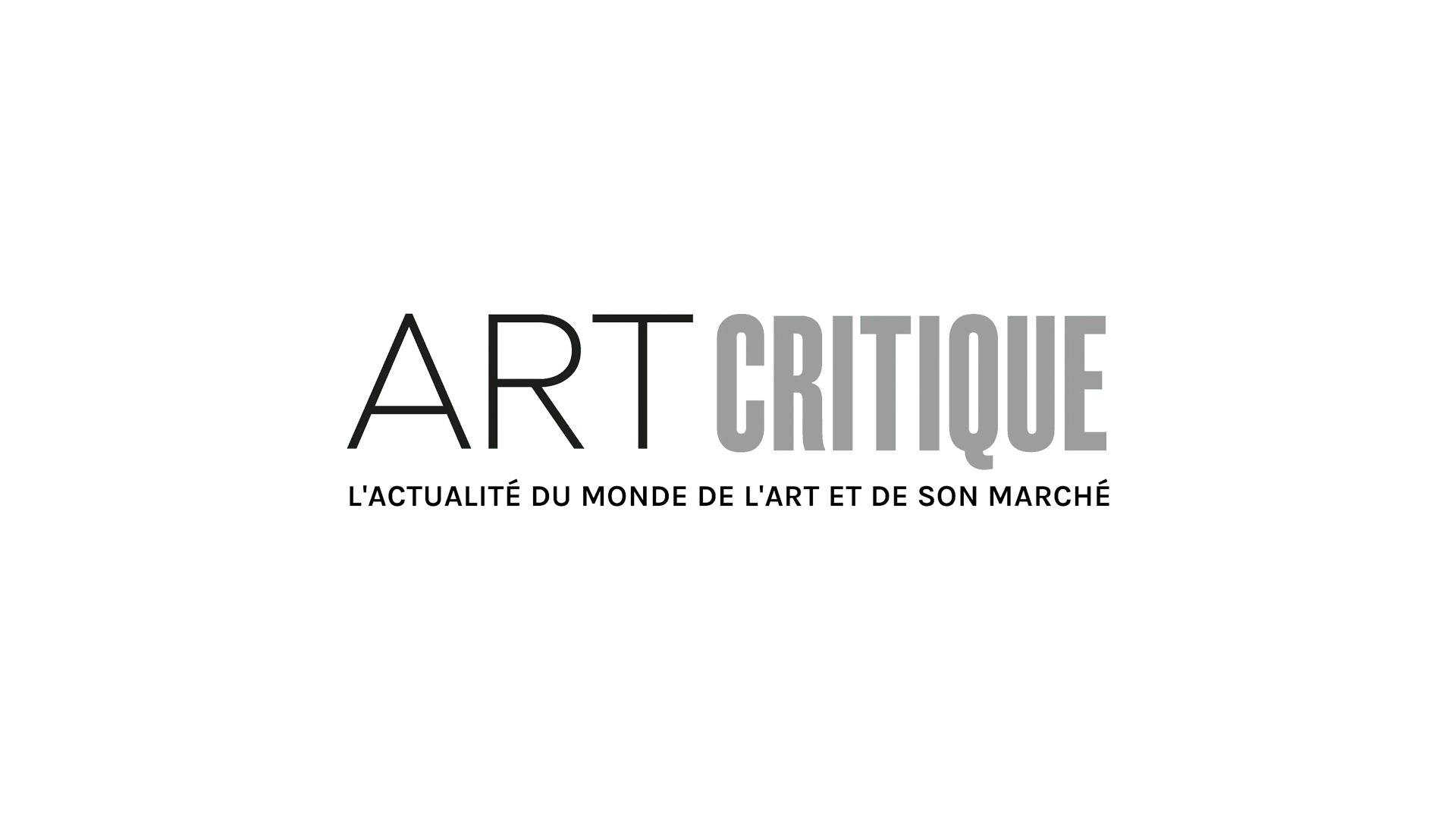Pop art has always been a style ripe with issues of intellectual property. What constitutes theft in art, and what is merely inspiration or homage? Where is that oddly ephemeral line drawn when it comes to mediums that inherently replicate another’s work for effect? Perhaps the most thought of image for pop art next to Warhol’s soup cans is the work of Roy Lichtenstein. And with the recent documentary Whaam! Blam! Roy Lichtenstein and the Art of Appropriation pointing fingers at his work alongside a series of commemorative Lichtenstein stamps, the divisiveness of his work is as strong as ever.
Whaam! Blam! hones in on a contextualizing of Lichtenstein that has mostly fallen by the wayside in the art world. With many decades of exhibitions and sales having amassed for the pop art icon’s work, his paintings are often presented with little to no acknowledgement given to the original comic artists that he replicated—or, one might say, plagiarized. The due diligence of honouring those artists he copied has left a longstanding rift between the comic world and the fine arts world, it is not only one of many examples of comic artists being devalued but a unique case of those in the closed circle of art trading profiting off the talents of these ignored artists.
Yet on the flip side, the United States Postal Service is honouring Lichtenstein through a series of five stamps displaying his artwork. Featuring the likes of Portrait of a Woman and Standing Explosion (Red), these stamps primarily focus on works that are not in the precise vein most know Lichtenstein for—his blown-up dramatic panels of 50s comic panels—but still show his distinctive use of the Ben-Day dots and lines that were inherent to comic printing. It’s one of the most prevalent ways to honour an artist, disseminating miniature renditions of their artwork around the world, and comes due to the artist’s 100th birthday.
To state whether Whaam! Blam! or the USPS are right in their respective condemnation and lauding of Roy Lichtenstein seems both sticky and unnecessary. It is true that he is one of the most influential artists in American history, but it is equally true that he built his success on the thankless efforts of others. Perhaps it’s not surprising that we’re beginning to more publicly examine the flaws and misgivings of the world’s historic art elite, and in fact, might be in our best interest not to deify artists that are all too human.





